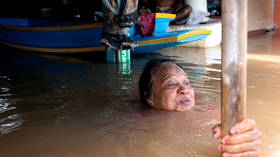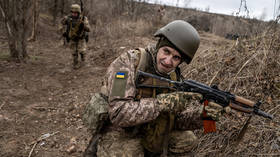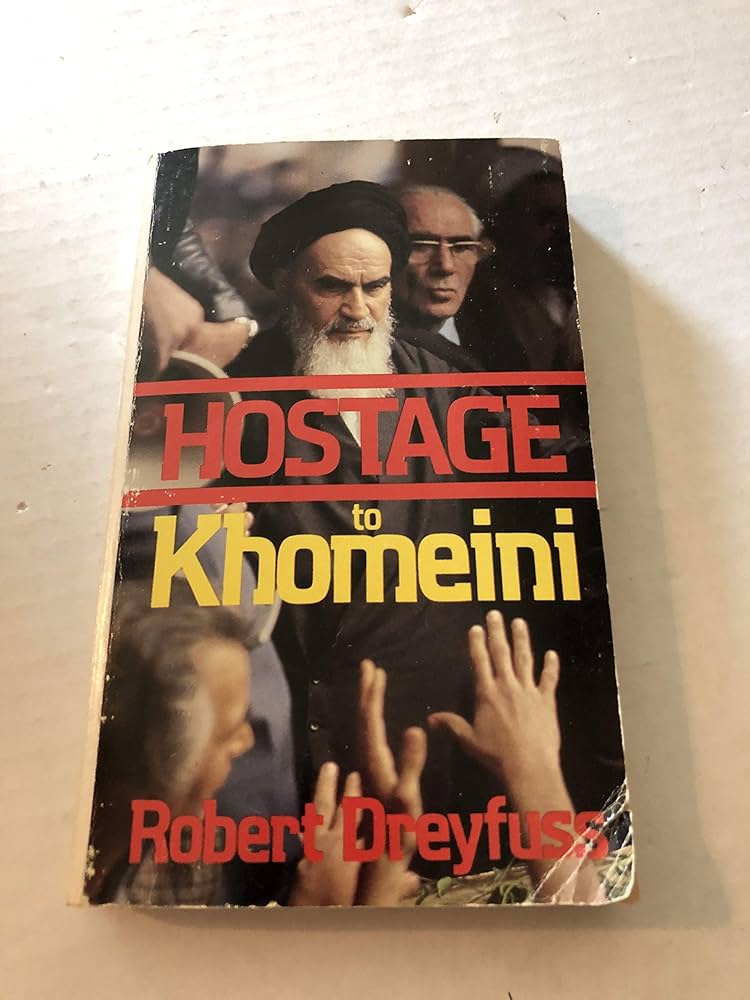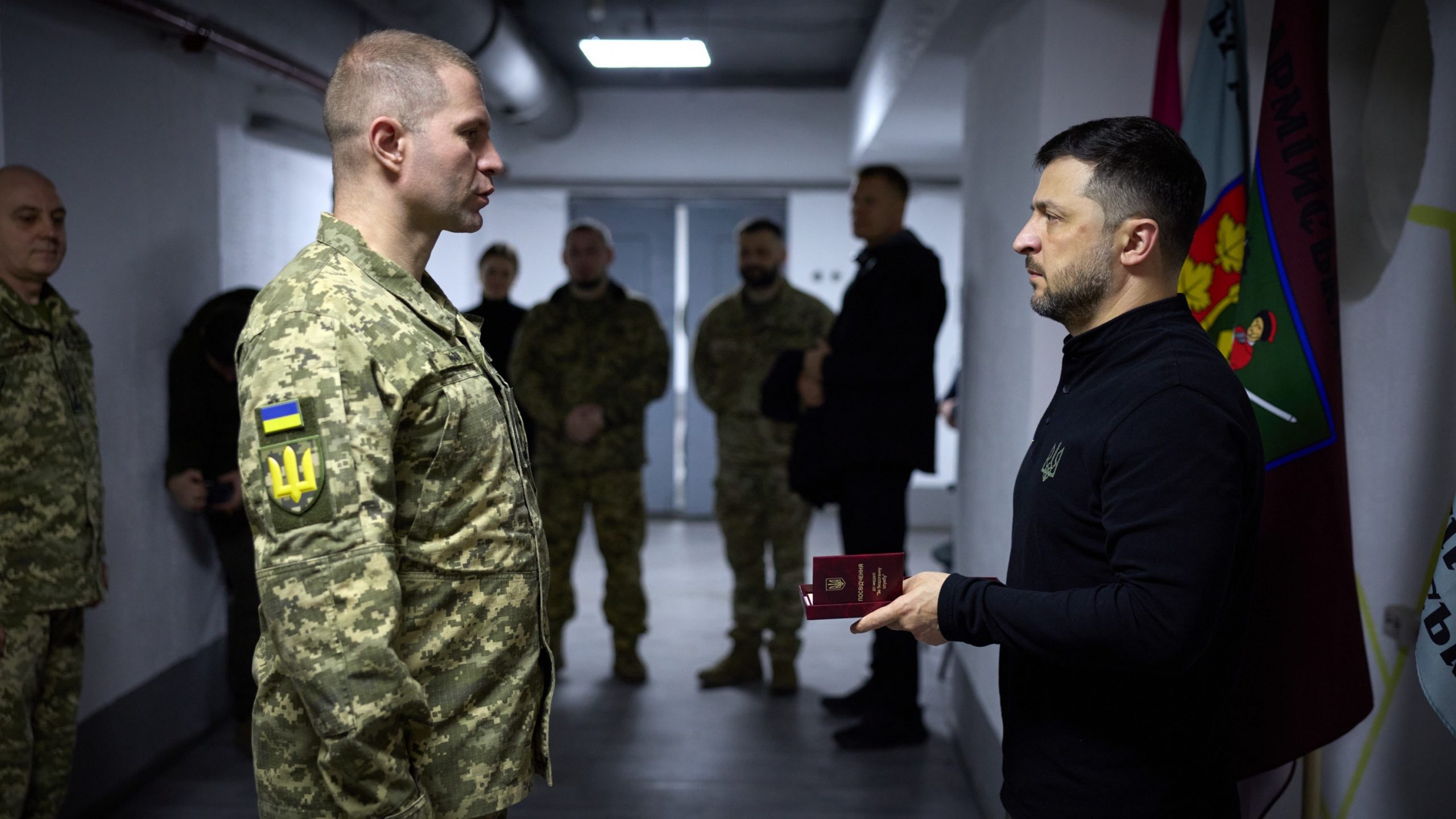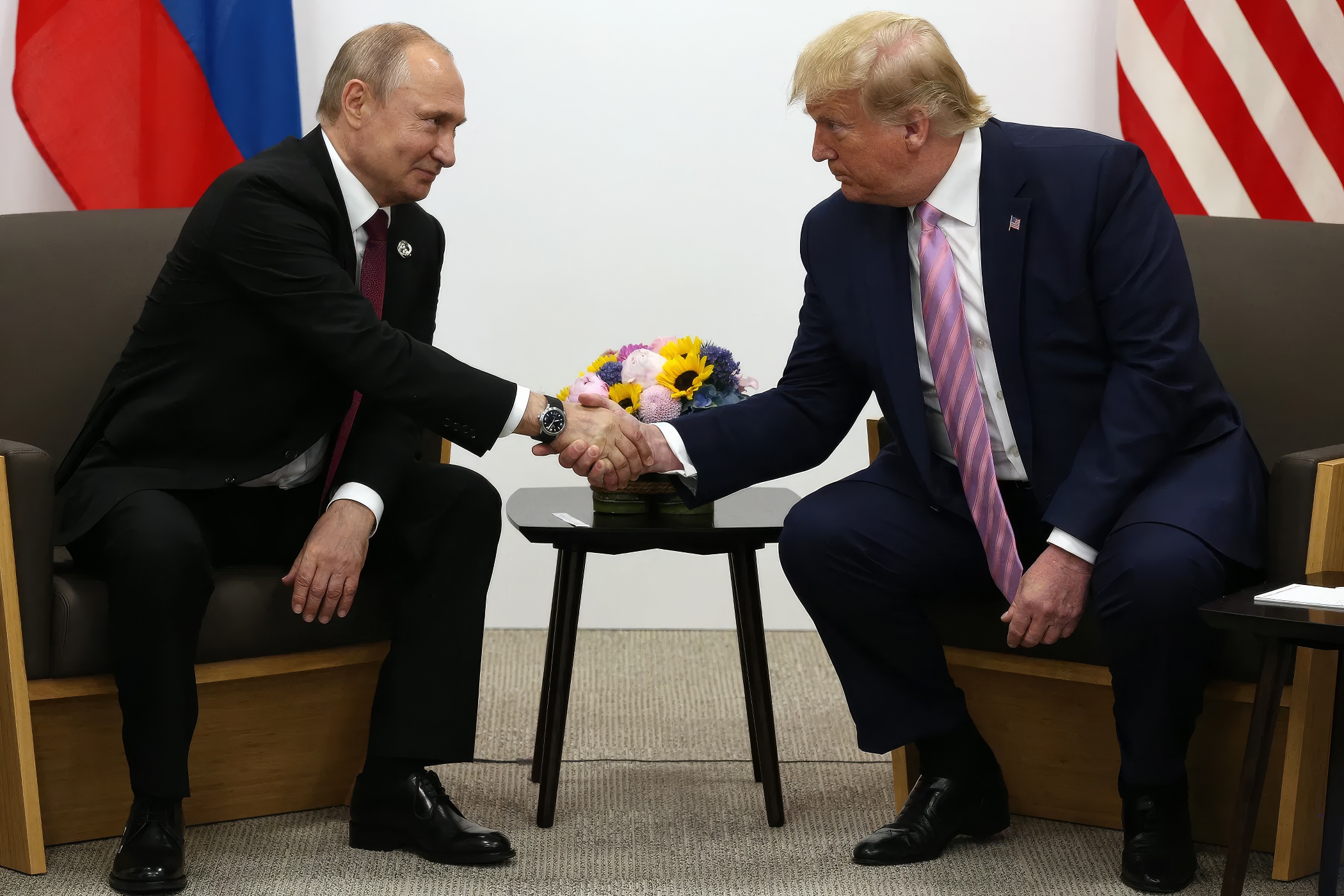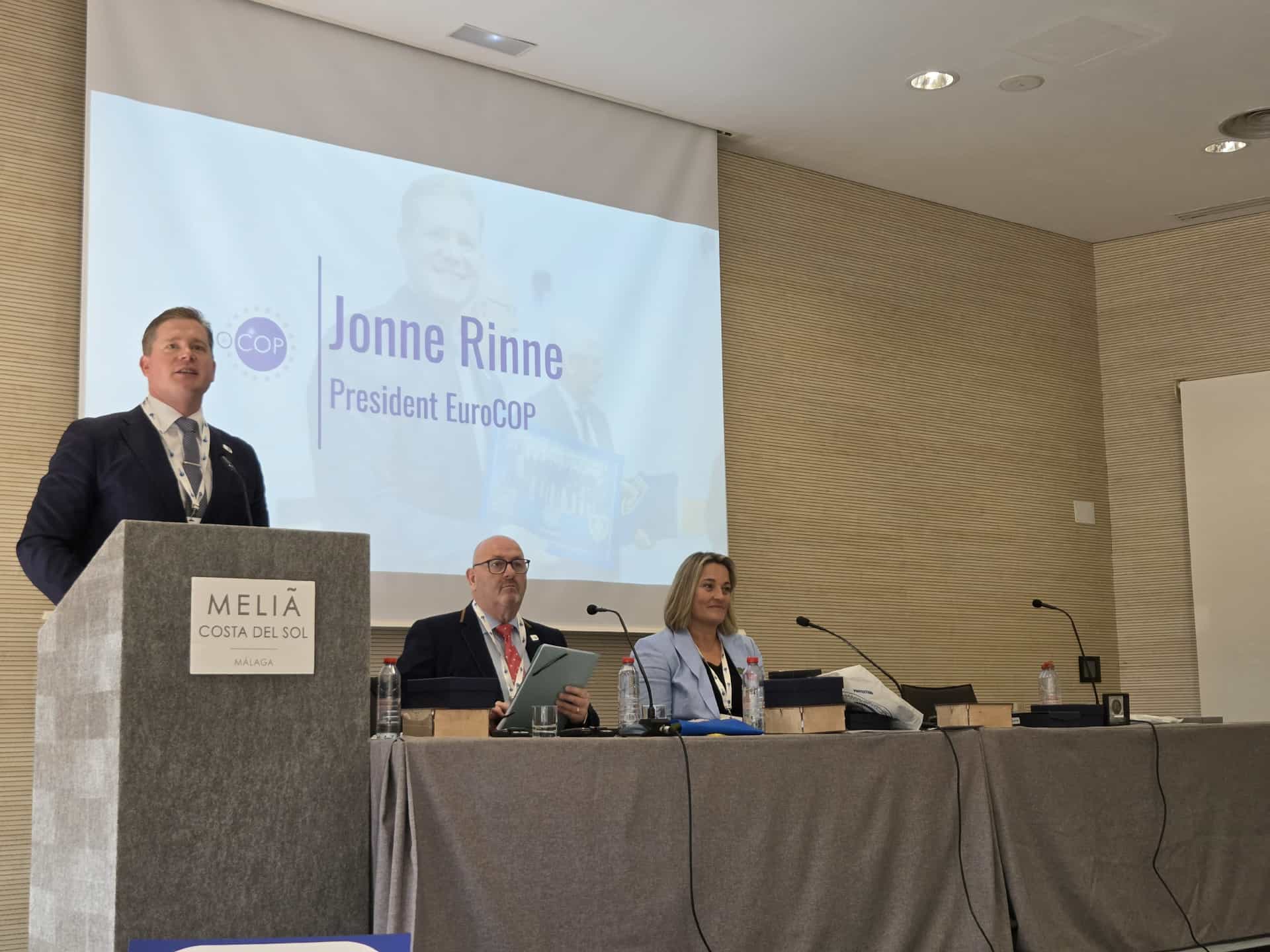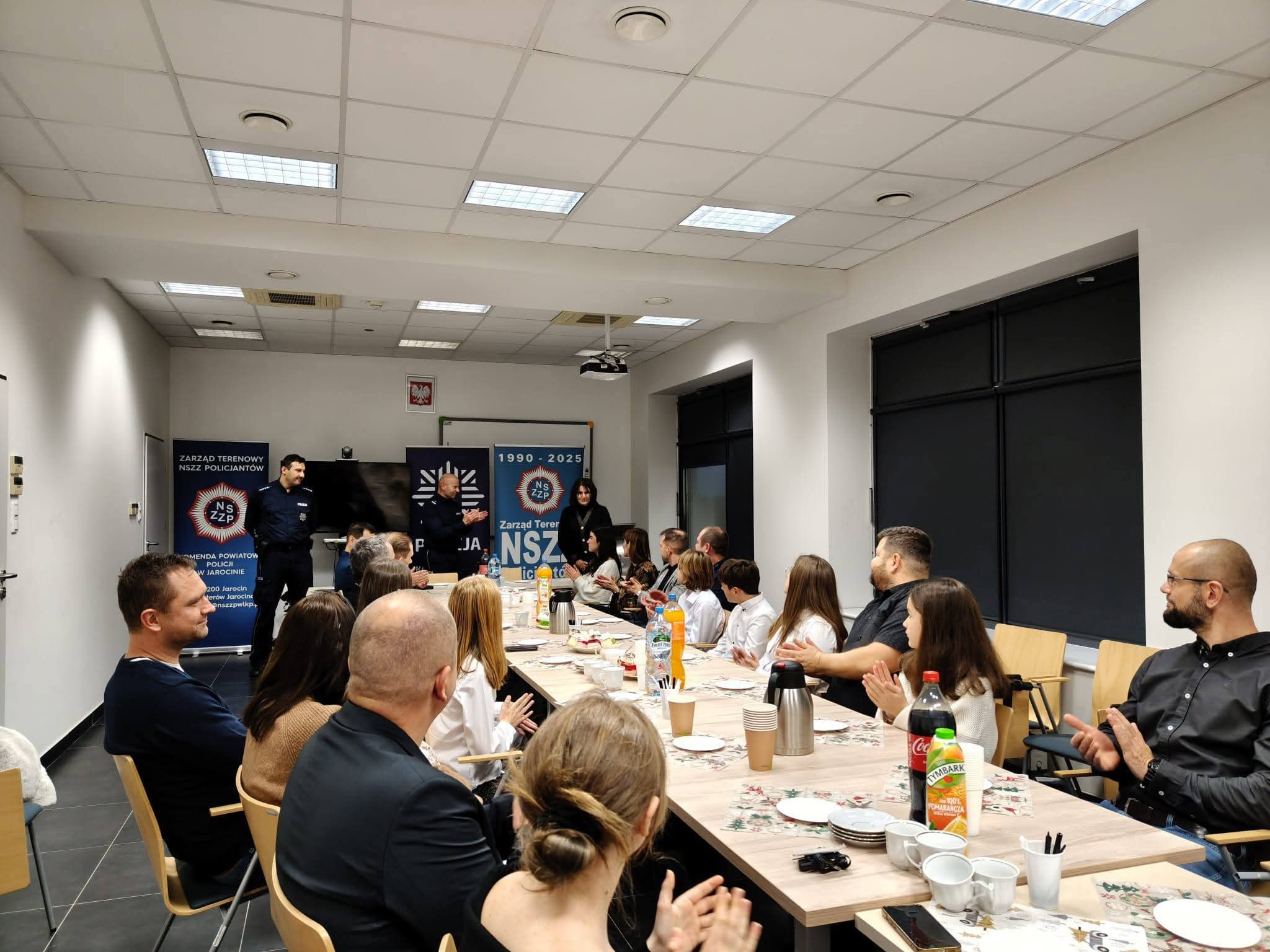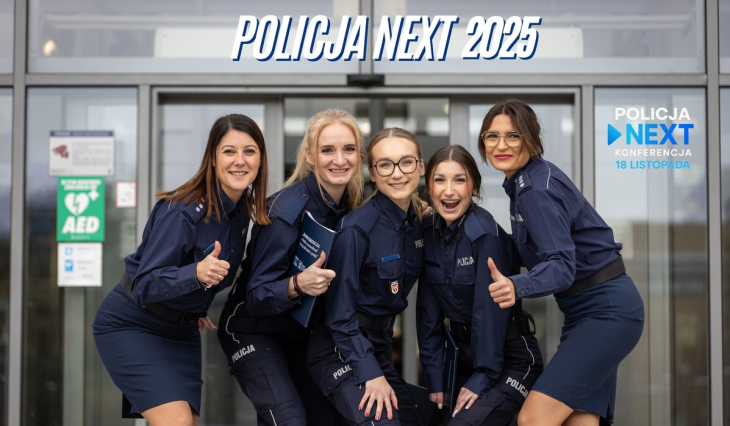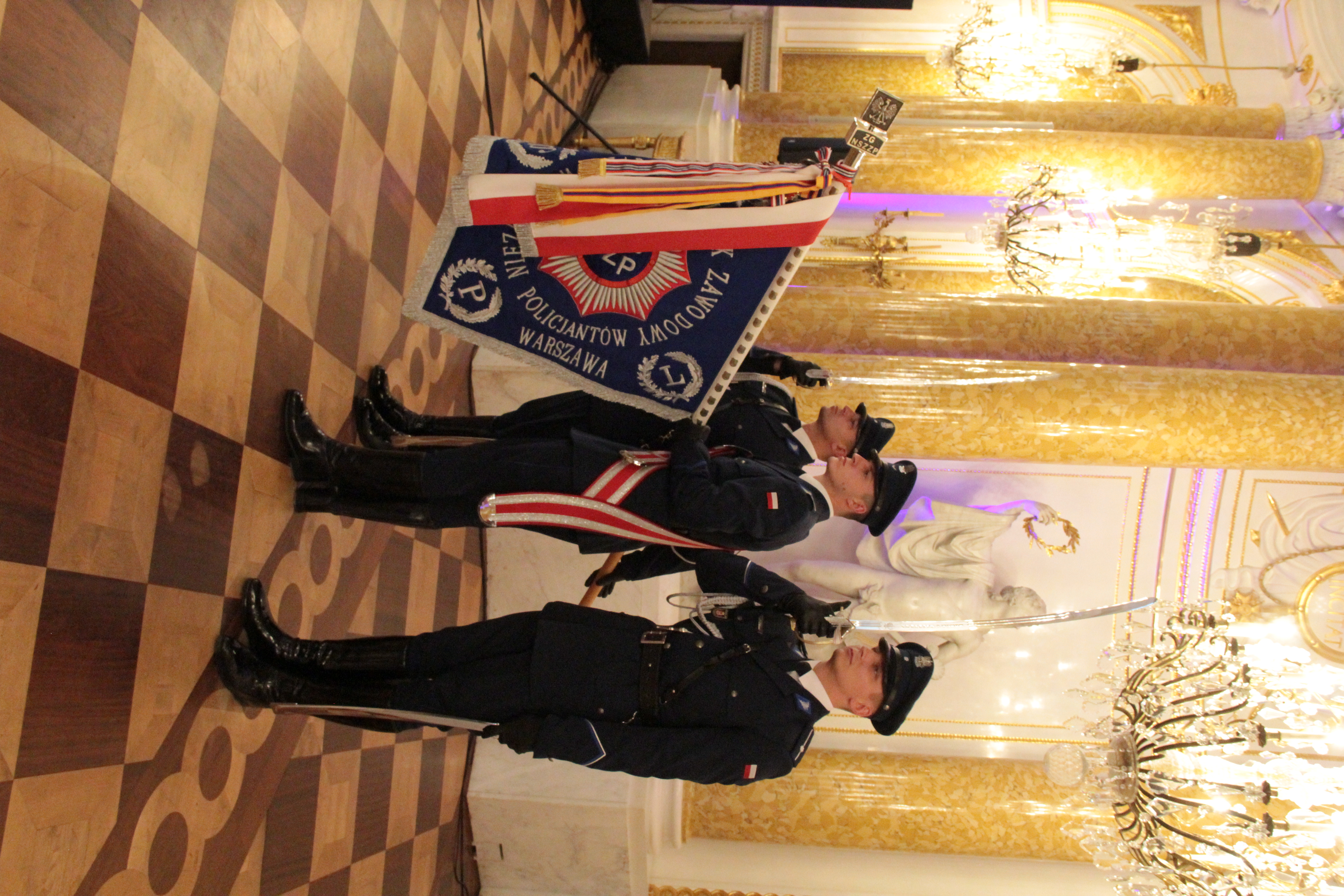
For millions of air travellers worldwide, the routine is familiar: decanting favourite toiletries into tiny bottles, carefully arranging them in clear plastic bags, and reluctantly discarding full-sized containers at security checkpoints.
The 100ml liquid restriction has become an integral part of the air travel experience, yet many passengers comply without understanding the critical security reasons behind this seemingly arbitrary rule.
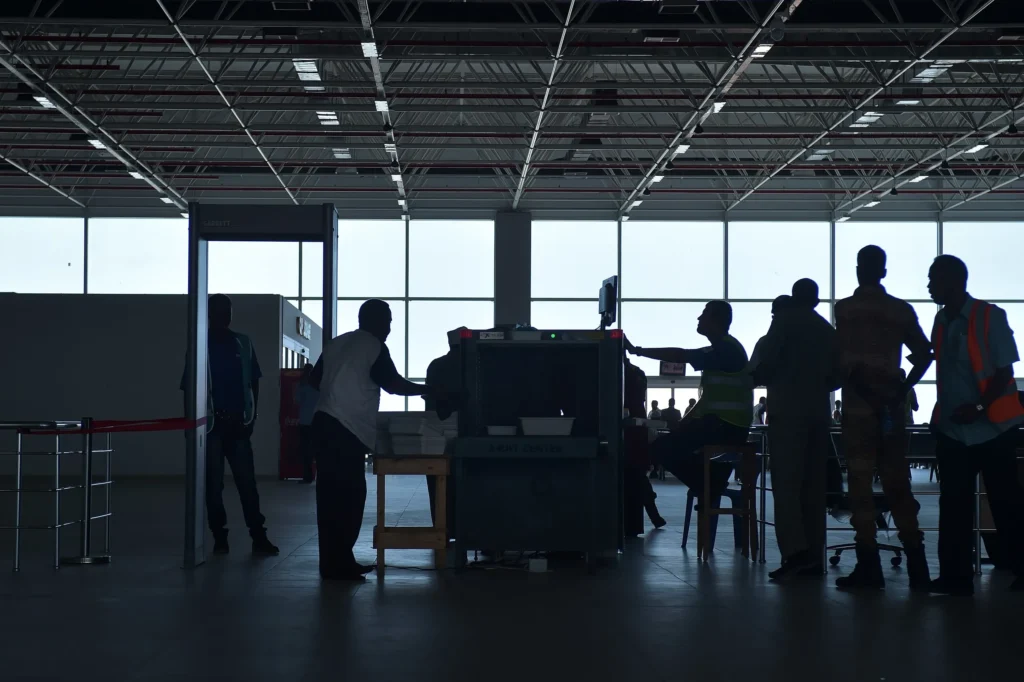 Photo- AMISOM Public Information | Wikimedia Commons
Photo- AMISOM Public Information | Wikimedia CommonsAirlines Don’t Allow Liquid in Cabin
The 100ml liquid rule emerged in 2006 following British authorities’ discovery of a sophisticated terror plot. Intelligence agencies uncovered plans by a group of extremists who intended to smuggle liquid explosive components onto transatlantic flights departing from London.
Their strategy involved bringing seemingly innocent liquid items aboard that could be combined mid-flight to create powerful explosives capable of causing catastrophic damage to aircraft.
In response to this imminent threat, aviation authorities worldwide rapidly implemented emergency restrictions on liquids carried in cabin luggage. What began as a temporary measure soon became standardised into the global 100ml restriction travellers know today.
The rule wasn’t arbitrarily chosen – it represents a carefully calculated volume that balances passenger convenience with crucial security requirements.
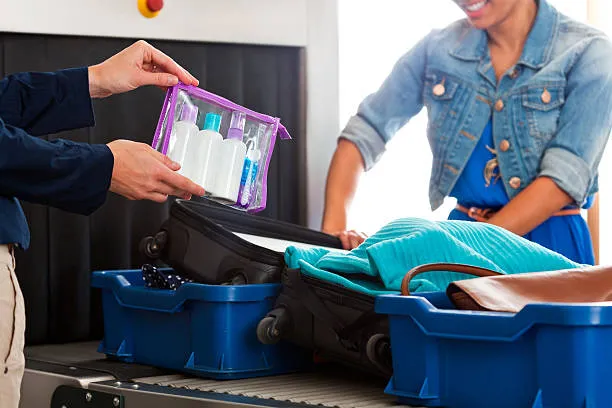 Photo- iStock
Photo- iStockThe Science Behind the Restriction
Security experts determined that 100ml represents a critical threshold in explosive risk management. A container of this size cannot hold sufficient quantities of liquid explosives to cause catastrophic damage to an aircraft’s structure.
Even if multiple 100ml containers were somehow combined after passing security screening, the resulting volume would remain below the threshold needed for a major explosive event.
The complementary one-litre transparent bag requirement serves dual purposes.
- It limits the total volume of liquids any passenger can bring aboard.
- It ensures security personnel can efficiently examine all liquid items simultaneously during the screening process.
This transparency requirement reduces screening time while maintaining comprehensive security coverage.
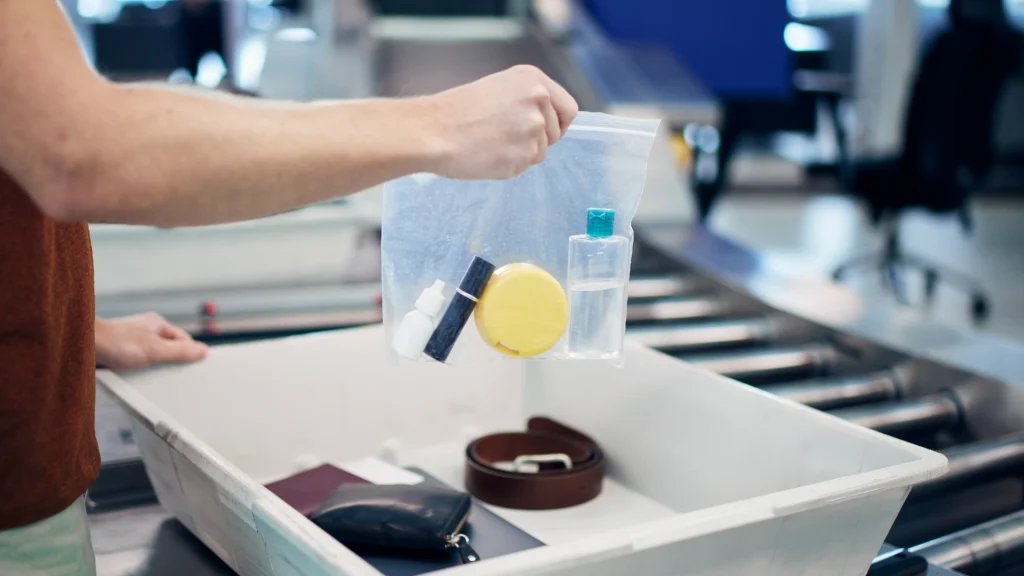 Photo- LADbible
Photo- LADbibleWhat Constitutes a “Liquid” Under Aviation Rules
Many travellers express surprise when learning what items fall under the liquid restriction. Aviation security classifies liquids broadly to include:
- Conventional liquids (water, juices, alcoholic beverages)
- Gels and semi-solid substances (hair gel, toothpaste)
- Creams and lotions (sunscreen, moisturisers)
- Aerosols (deodorant, hairspray)
- Pastes (food spreads)
- Mascara, lip gloss, and liquid makeup
The classification focuses on substances that could potentially conceal explosive components or be combined to create harmful compounds. This explains why seemingly innocuous items like yoghurt or peanut butter fall under the restriction!
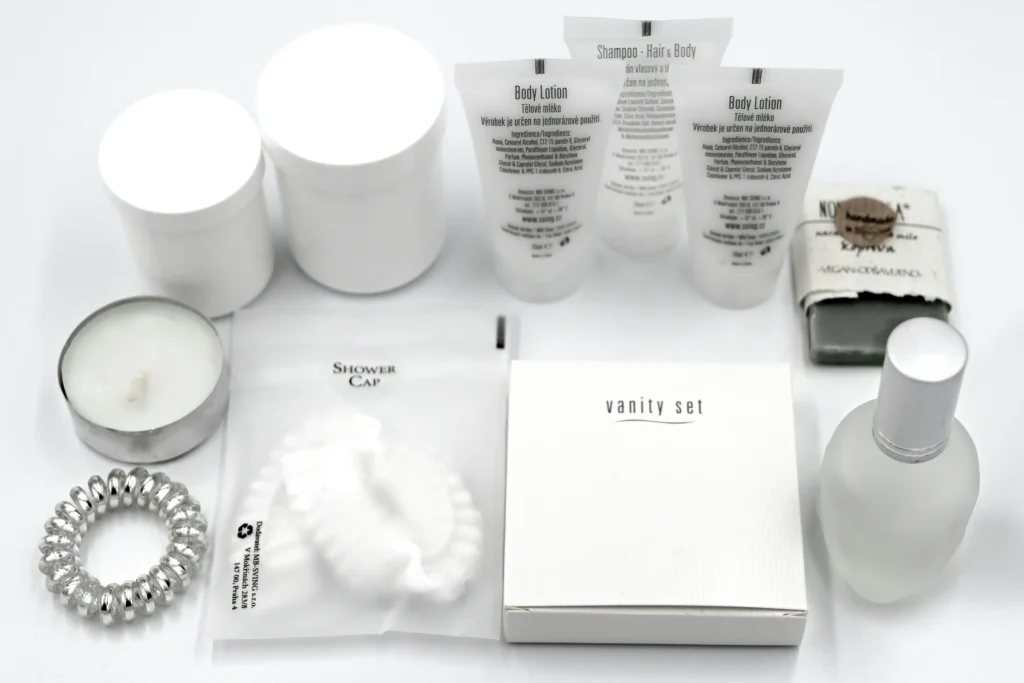 Photo- Marta Branco | Pexels
Photo- Marta Branco | PexelsExceptions
Aviation authorities recognise that certain essential liquids must be accommodated despite security concerns. Exceptions include:
- Medical necessities: Prescription medications and essential non-prescription items may exceed 100ml when medically necessary. Passengers should declare these items separately and may need to provide documentation of their necessity.
- Infant nutrition: Baby formula, breast milk, and baby food receive exemptions when travelers are accompanied by infants. These items undergo additional screening but can exceed volume restrictions.
- Duty-free purchases: Liquids purchased in secure airport areas after the security checkpoint can exceed 100ml if sealed in tamper-evident packaging with proof of purchase. However, these exemptions can become complicated during connecting flights that require additional security screening.
 Sydney Airport; Photo- Wikipedia
Sydney Airport; Photo- WikipediaTechnological Evolution
Aviation security technology continues to evolve, potentially offering paths to relaxing liquid restrictions without compromising safety.
Advanced computed tomography (CT) scanners can analyse molecular compositions of container contents, differentiating between harmless substances and potential threats. Several major international airports have begun implementing these technologies on a trial basis.
The European Union has announced plans to gradually phase out liquid restrictions at airports equipped with advanced scanning technology. However, global implementation faces challenges including equipment costs, infrastructure requirements, and the need for international coordination across security protocols.
Until widespread technological adoption occurs, travellers should continue expecting the 100ml restriction to remain standard procedure at most airports worldwide.
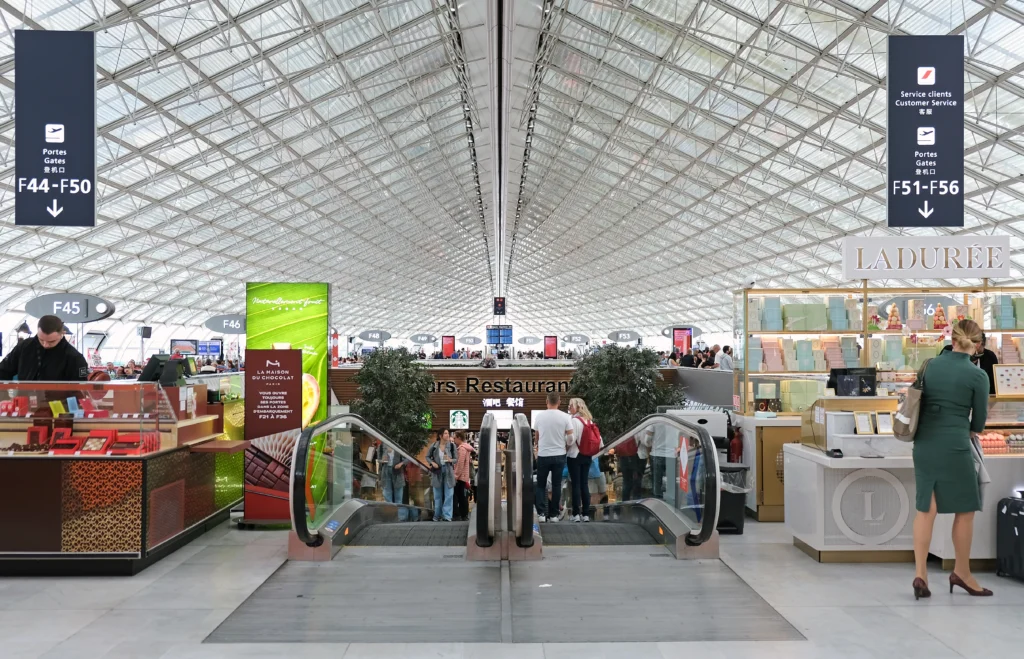 Paris Charles de Gaulle Airport; Photo- kallerna; Wikimedia Commons
Paris Charles de Gaulle Airport; Photo- kallerna; Wikimedia CommonsPractical Strategies
Experienced travellers have developed various approaches to navigate liquid restrictions efficiently:
- Purchase toiletries in solid form where possible (solid shampoo bars, stick deodorants)
- Transfer essential liquids to travel-sized containers before departure
- Take advantage of the hotel-provided toiletries rather than packing personal items
- Purchase needed liquids at post-security retail locations
- Consider checking a bag for longer trips requiring full-sized liquid items
- Pre-pack the security-compliant clear bag at home to avoid delays at checkpoints
Though these restrictions may create minor inconveniences, they represent a crucial component of the multilayered security approach that has maintained remarkably safe commercial aviation globally since their implementation.
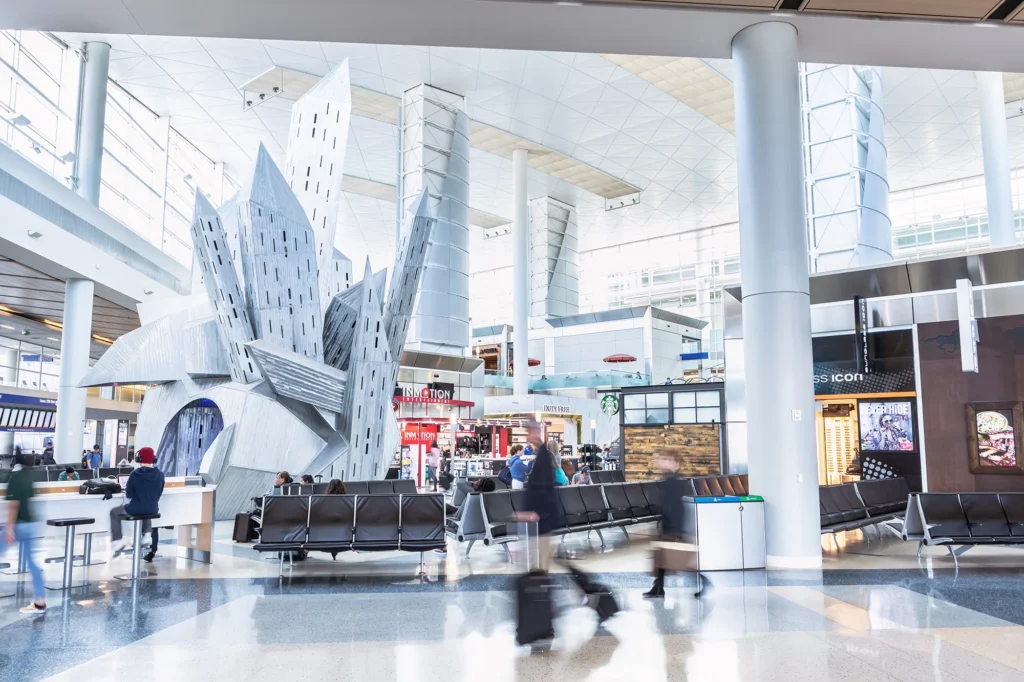 Dallas Fort Worth International Airport; Photo- DFW Airport
Dallas Fort Worth International Airport; Photo- DFW AirportBalance Between Security and Convenience
The 100ml liquid restriction exemplifies the ongoing tension between security requirements and passenger convenience in modern air travel. While inconvenient, particularly for travellers accustomed to bringing their preferred personal care products, the restriction addresses a demonstrated security vulnerability that posed a genuine risk to aviation safety.
Aviation security experts continue monitoring emerging threats while evaluating potential technological solutions that might eventually allow the relaxation of these restrictions. Until then, the seemingly simple plastic bag of tiny bottles represents a critical defence against a sophisticated threat vector that once nearly succeeded with potentially devastating consequences.
For air travellers worldwide, understanding the reasoning behind the restriction can transform frustration into appreciation for these necessary security measures that have helped maintain safe skies for nearly two decades.
Stay tuned with us. Further, follow us on social media for the latest updates.
Join us on Telegram Group for the Latest Aviation Updates. Subsequently, follow us on Google News
Unsettling Truth About Airplane Blankets: What Flight Attendants Won’t Tell You
The post Why Airlines Don’t Allow More than 100ml Liquid in Cabin? appeared first on Aviation A2Z.



